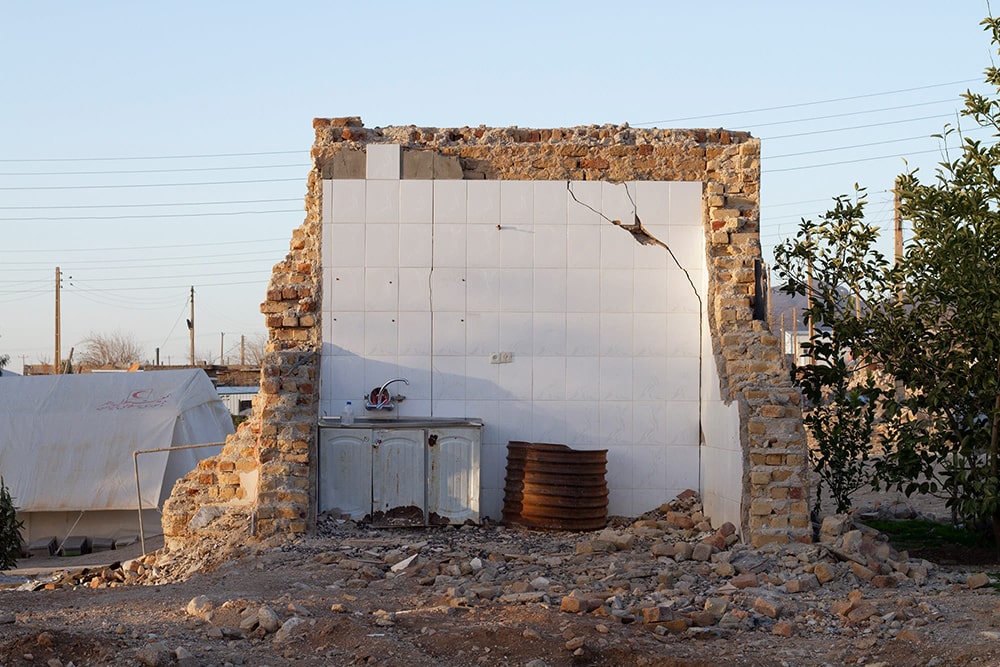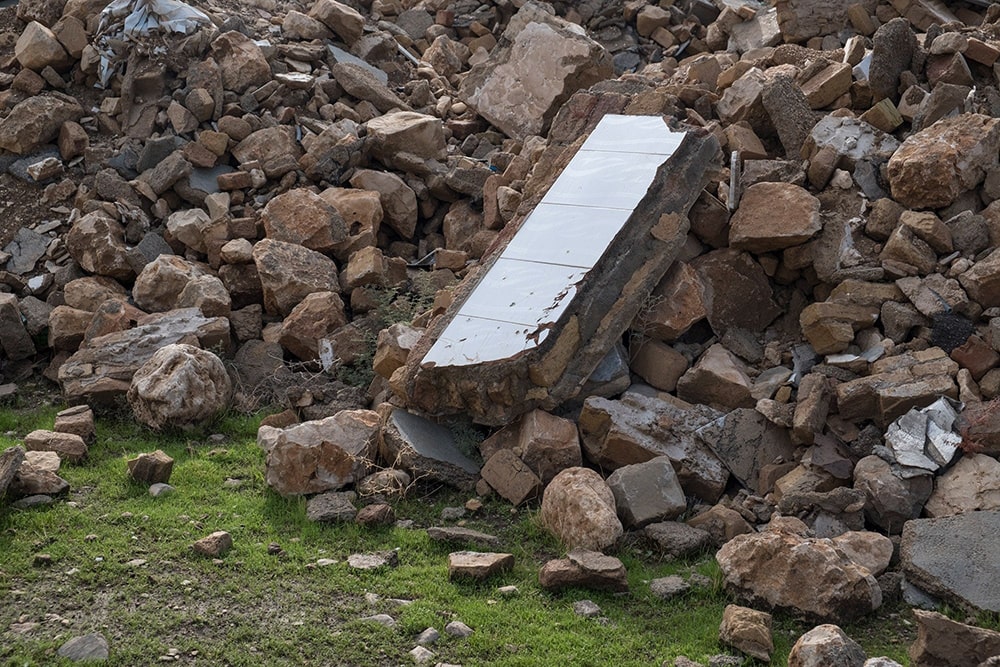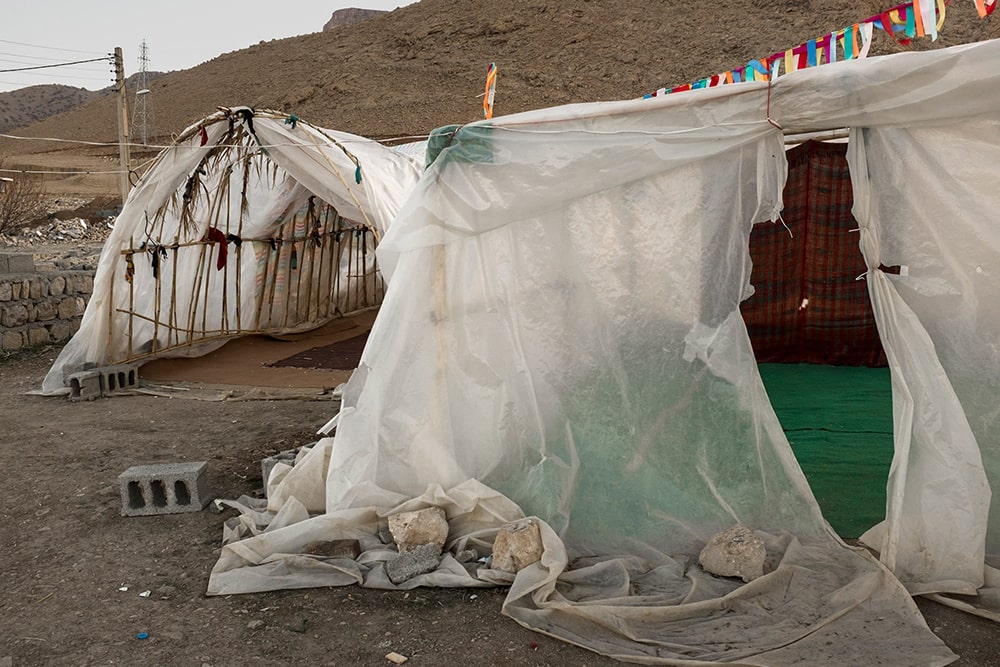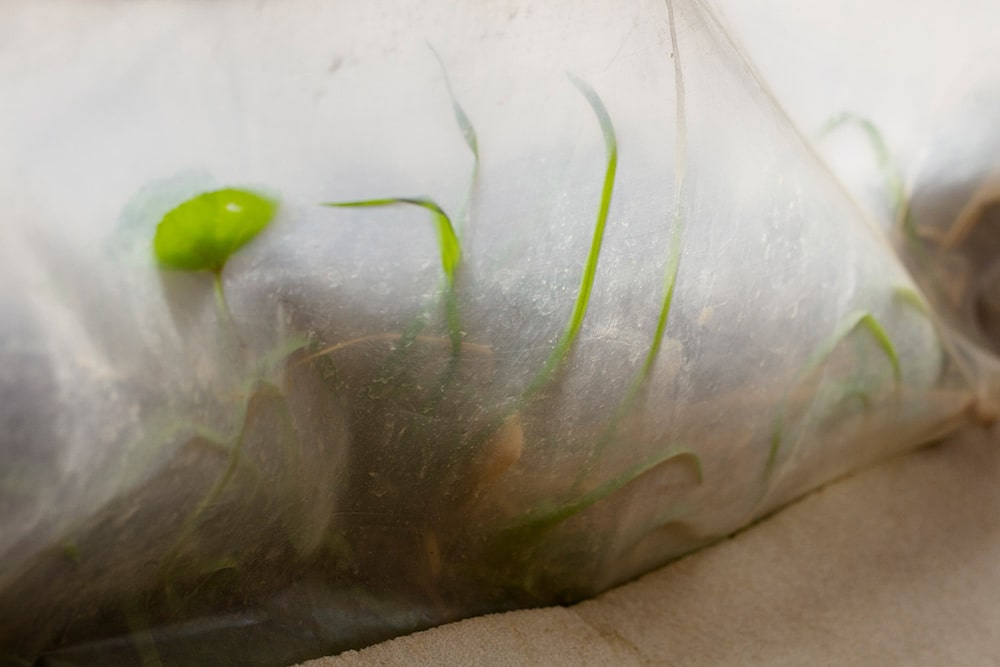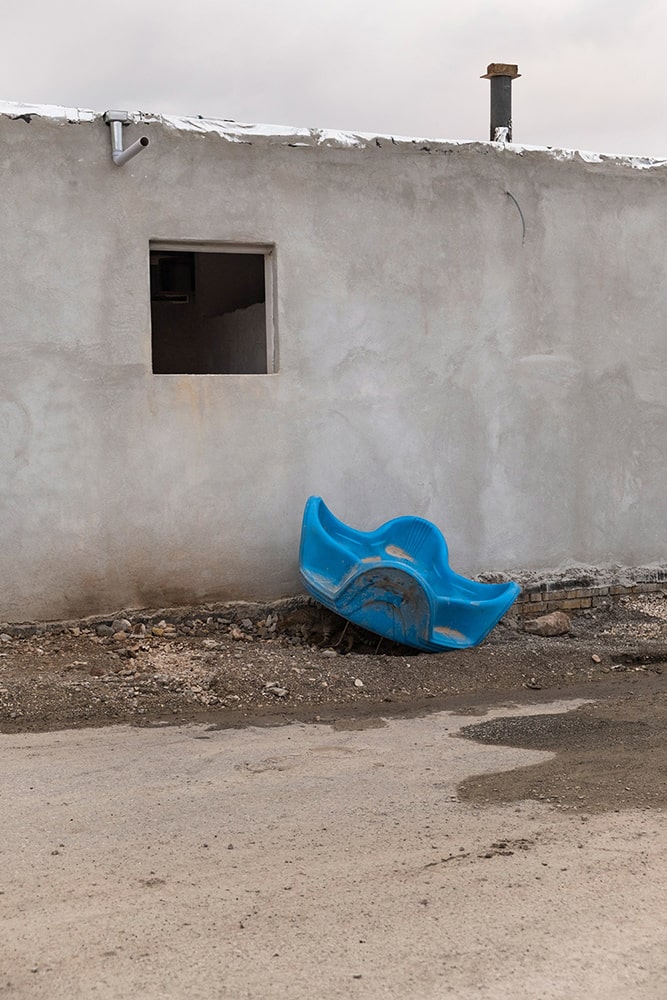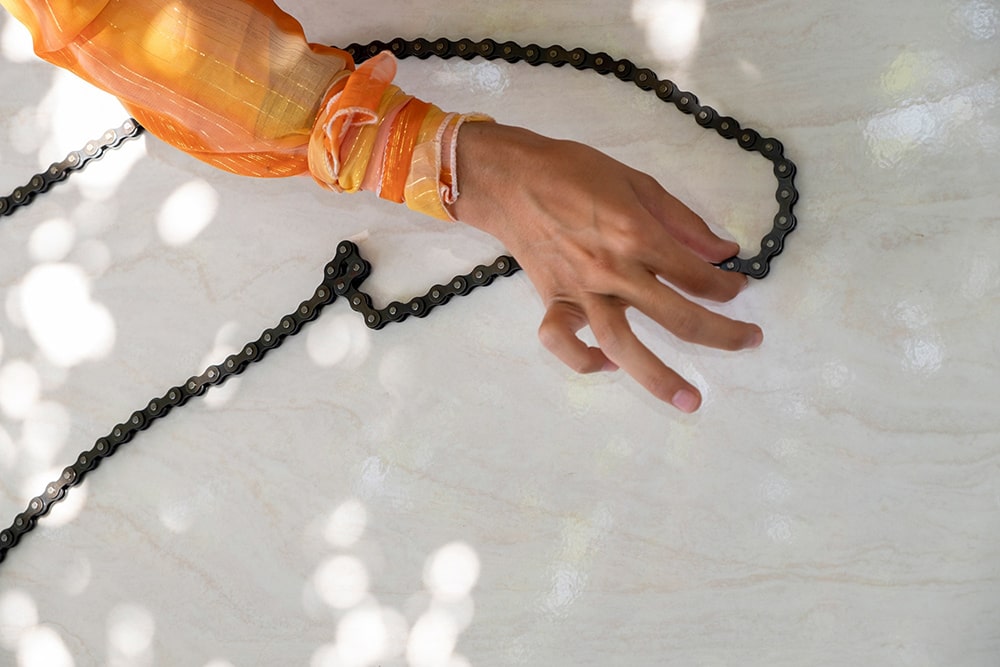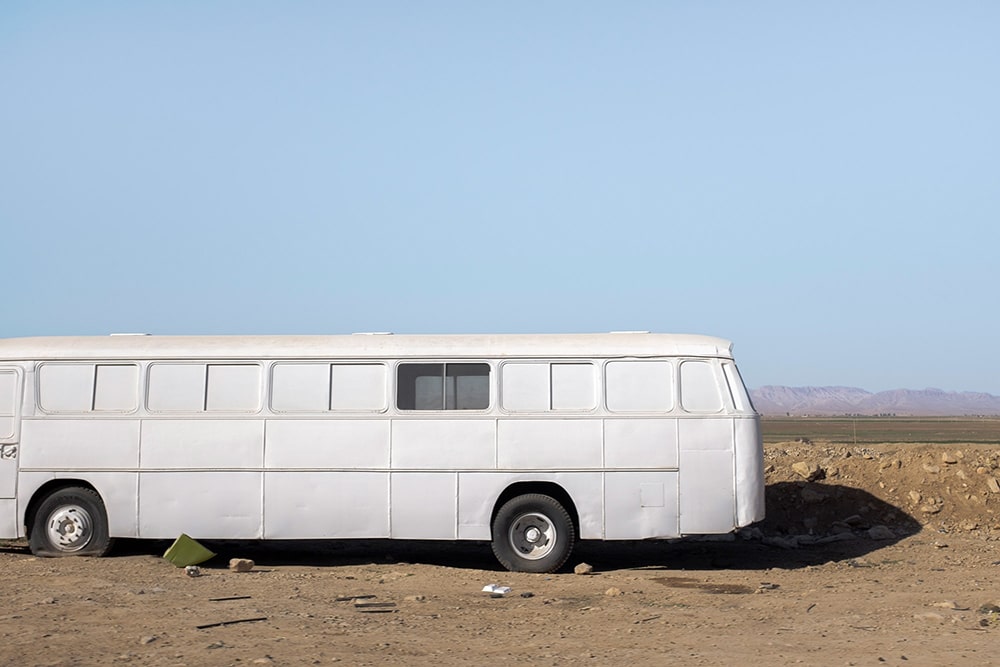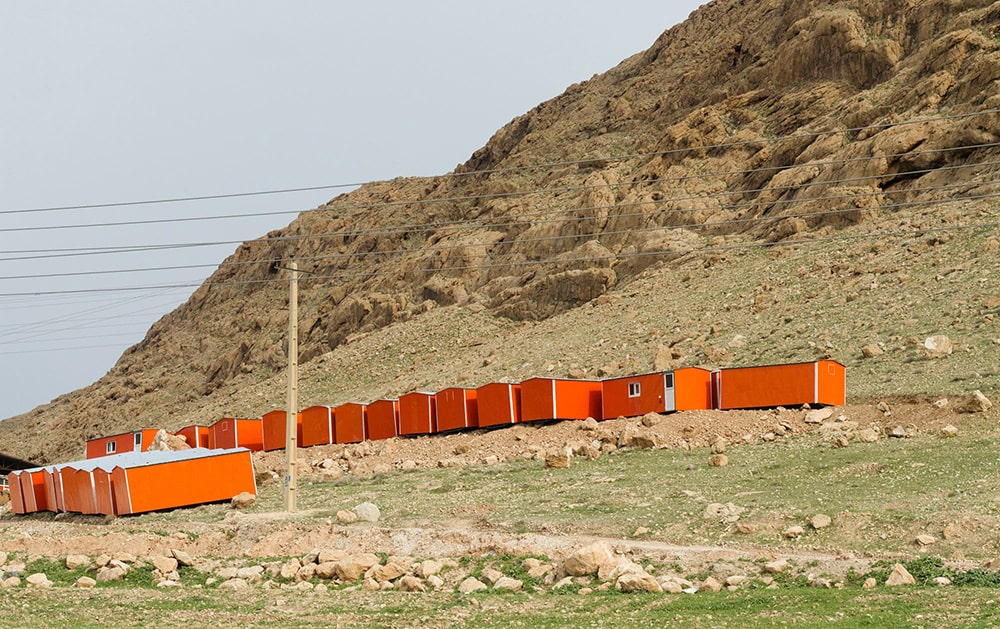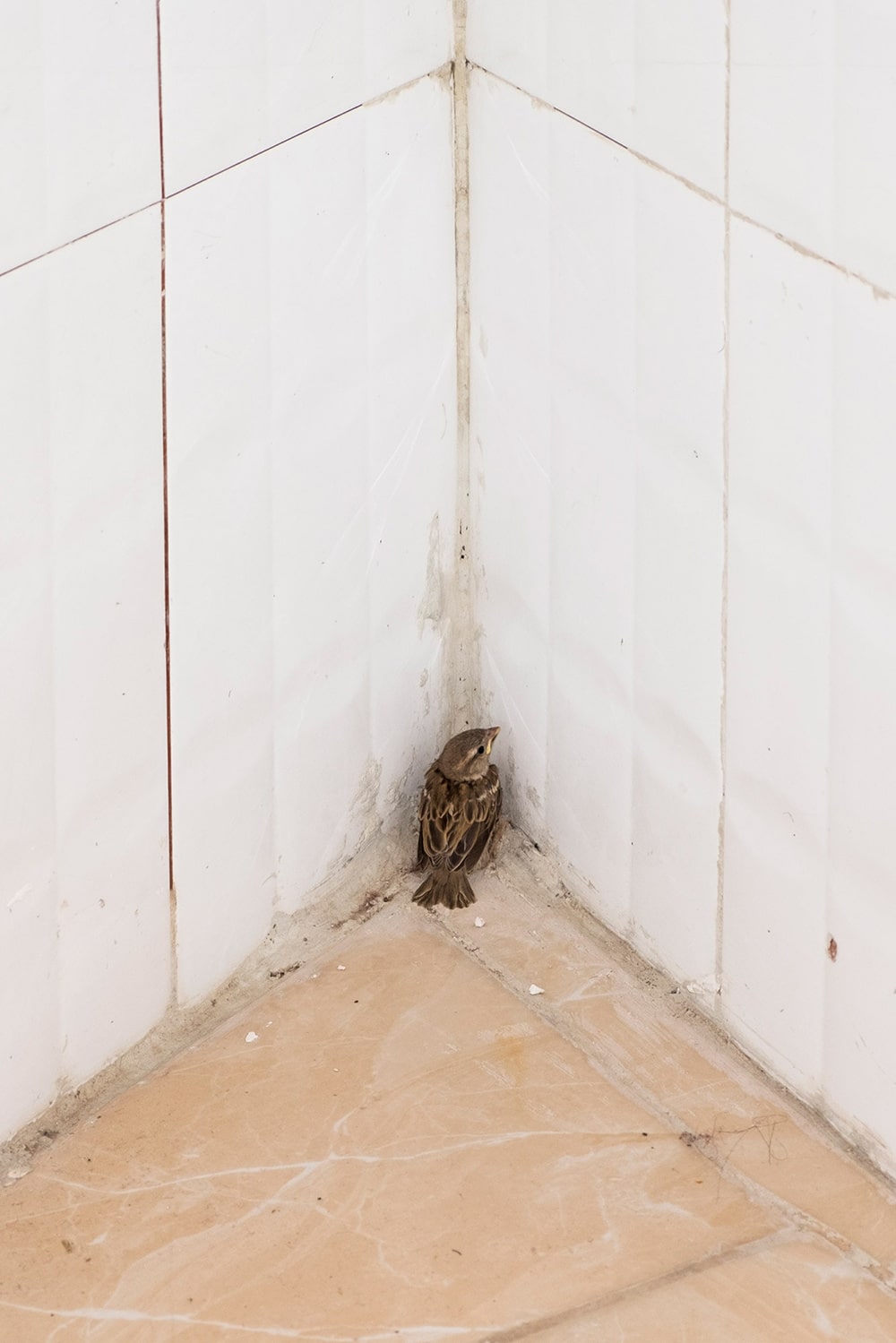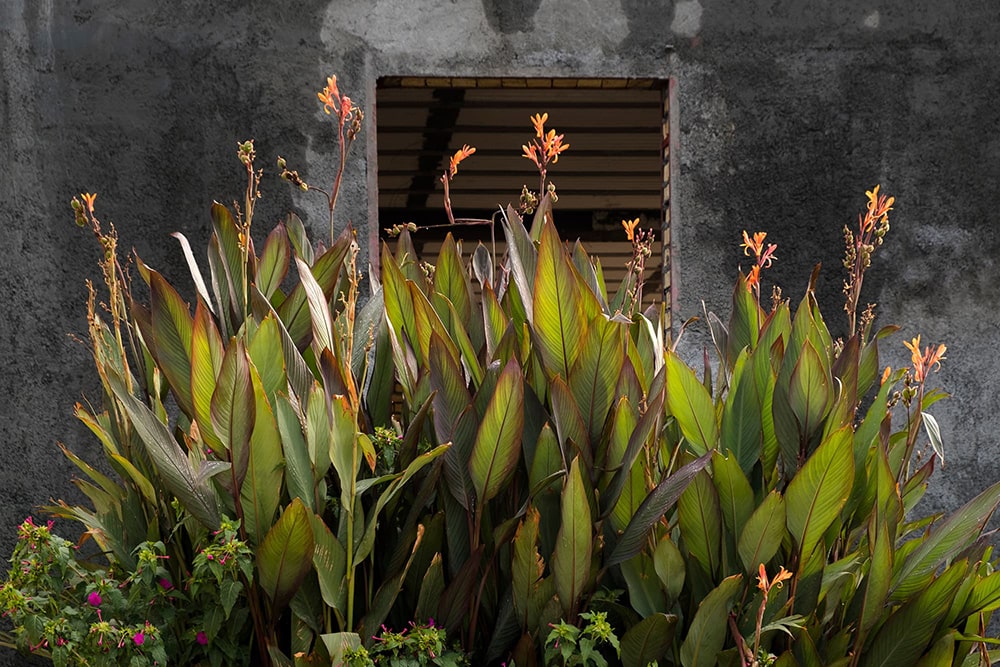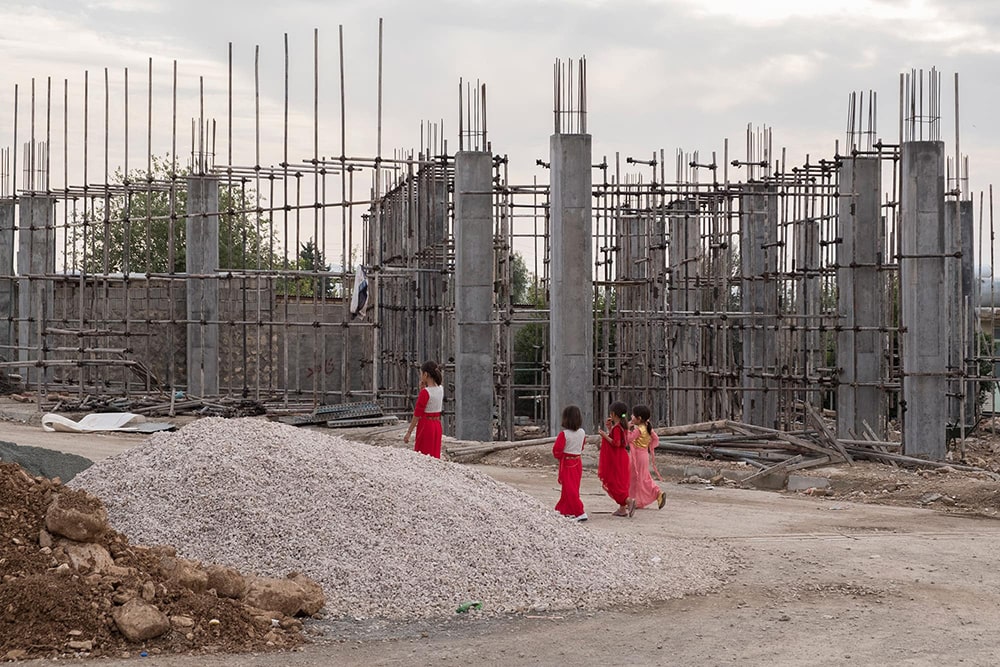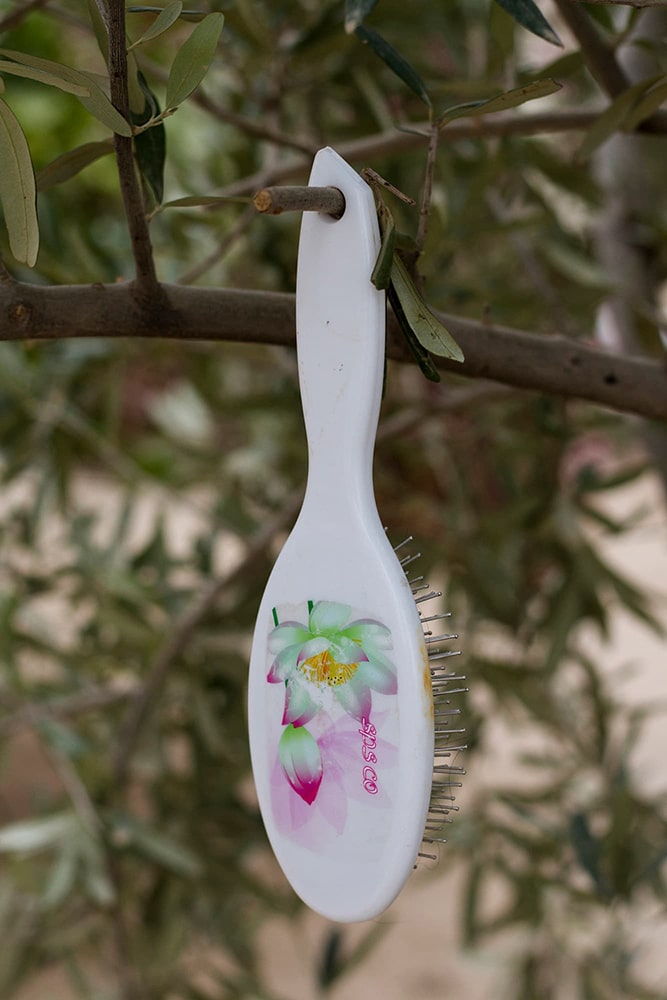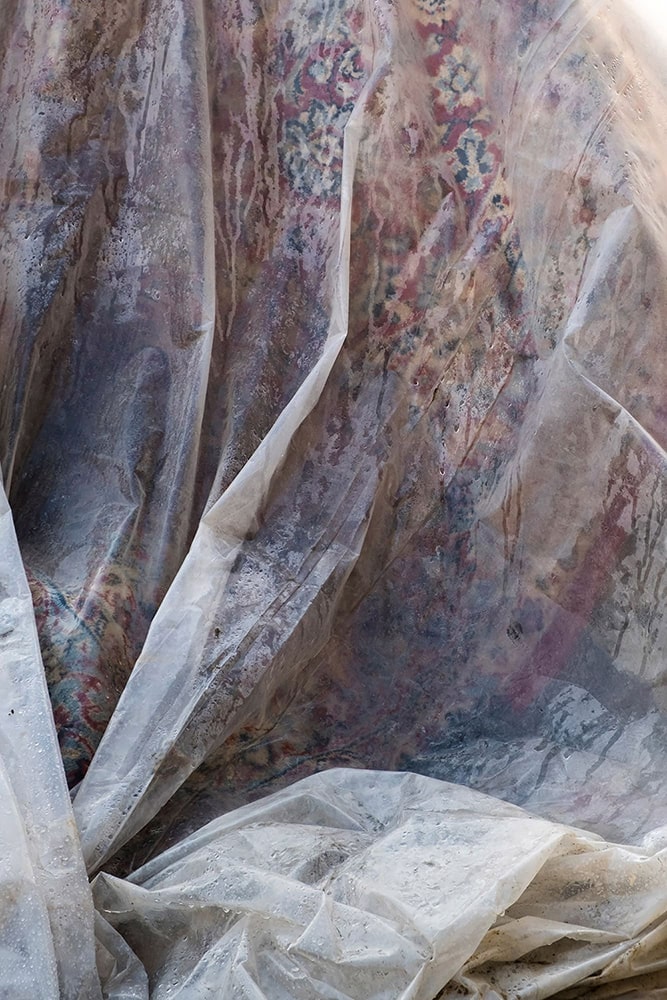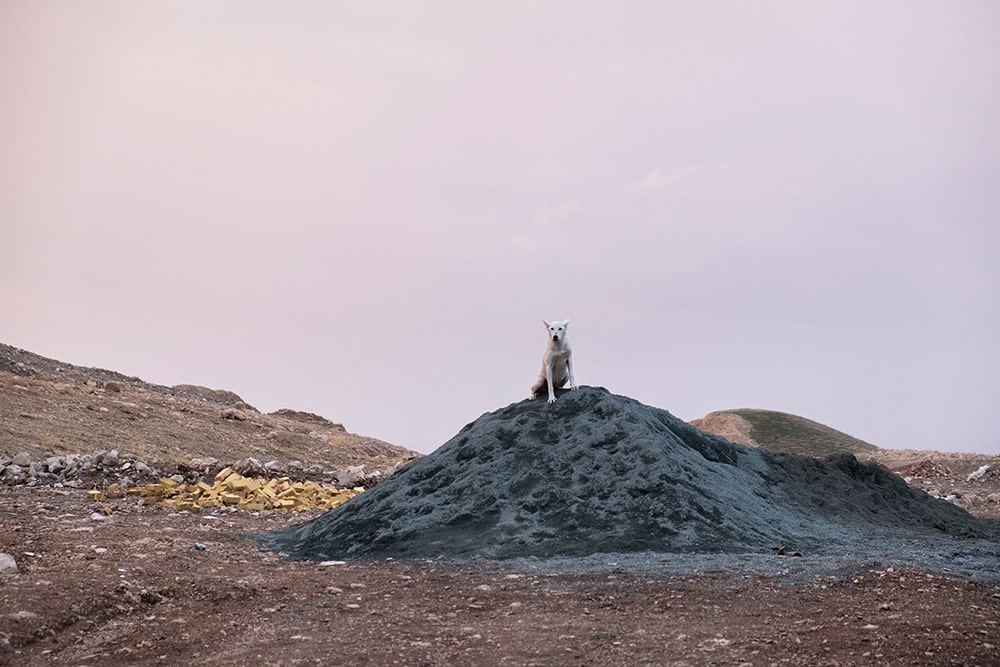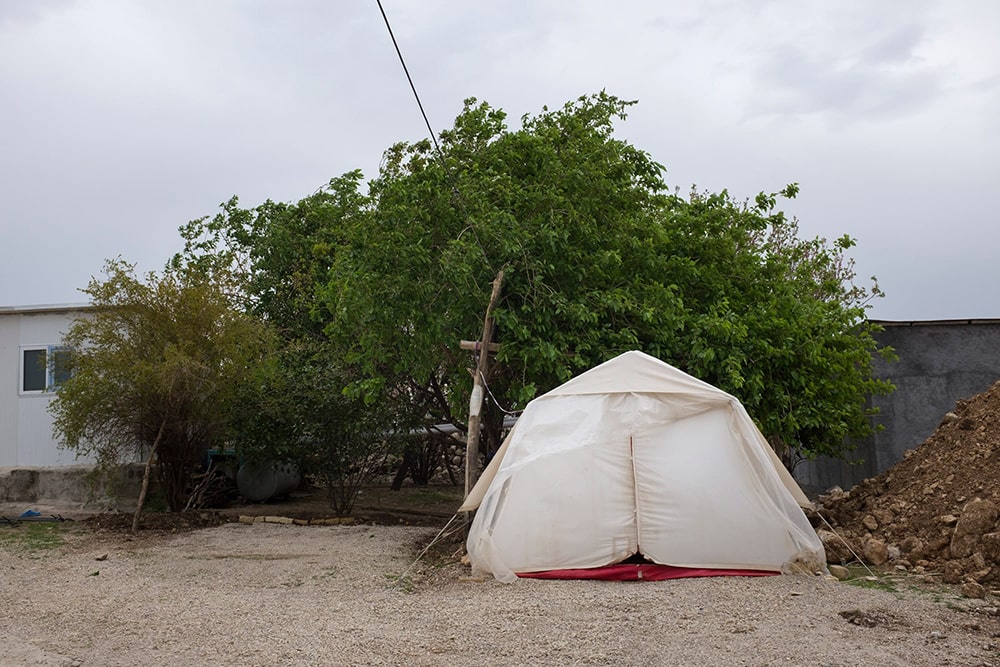Hiwa
The earth was always kind and generous to villagers. Fertile lands, pastoral fields, green gardens were all given to them. They lived a peaceful life. But in autumn 2017, a devastating 7.3-magnitude quake struck villages and towns in the West of Iran. Everything they held dear has been taken from them overnight; their loved ones, their houses, their herds.
The first days were filled with dust, blood, and tears. Then came sorrow and desperation. Naked walls reminded people of what they’ve lost, and the bitter winds blowing through the tents exacerbated their pain.
As nights began to draw in, the first glimmers of hope were heard in children’s laughter and broke the heavy silence. Wounds slowly healed, and the broken trees grew new leaves. While the survivors began rebuilding their houses from ruins, gently faith was making its way to people's hearts.
A few weeks after the earthquake, I traveled to a village close to the Iran-Iraq border that had the most casualties. "Kuik-e-Hasan" is a village in Kermanshah province that was completely disintegrated after the earthquake. The situation was difficult and chaotic, but what I was willing to show was the path to recovery. I took few journeys in this village, and during each trip, I got closer to what I wanted to see. Although all houses were not totally put together, life had come back to the village.
